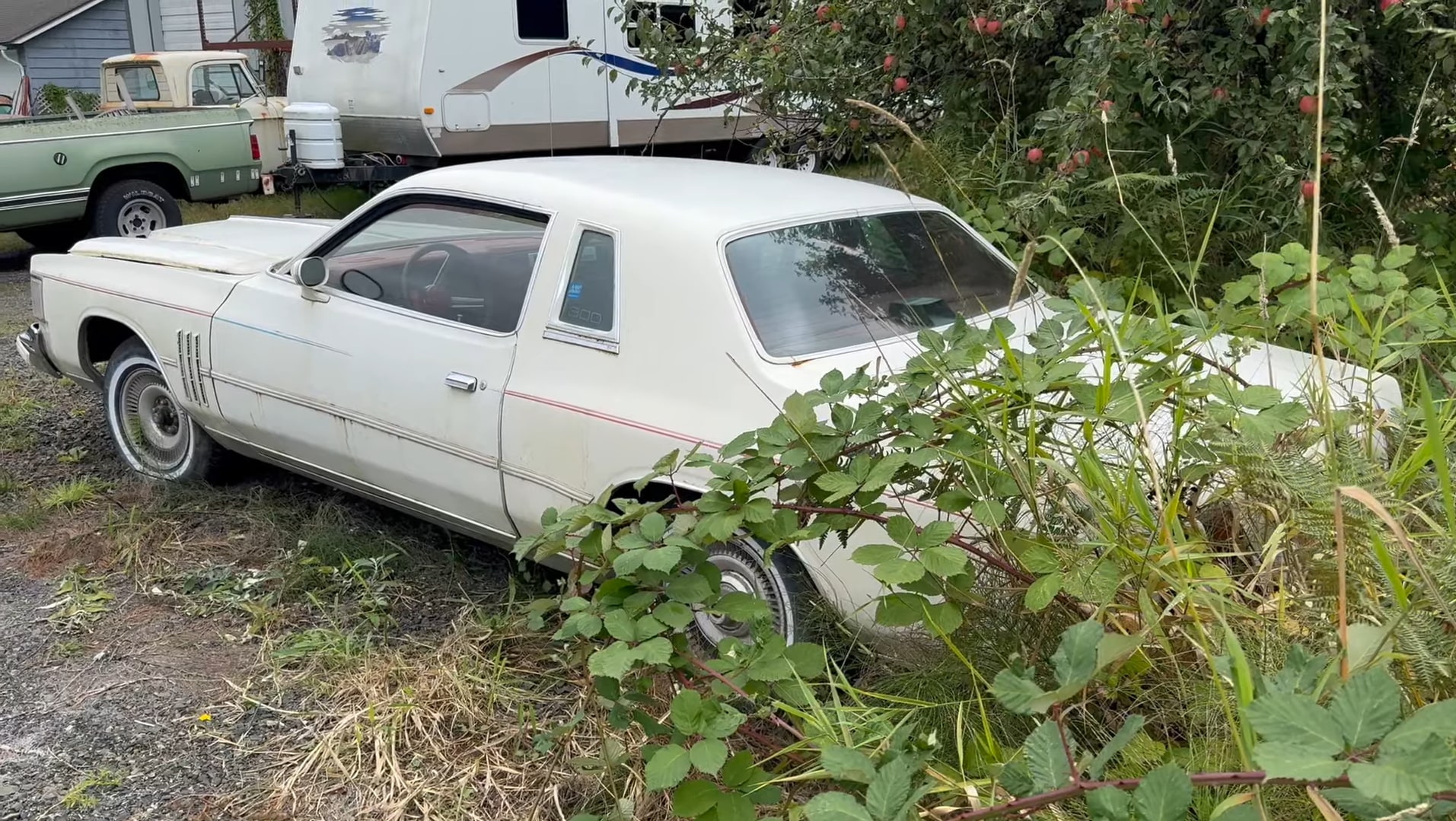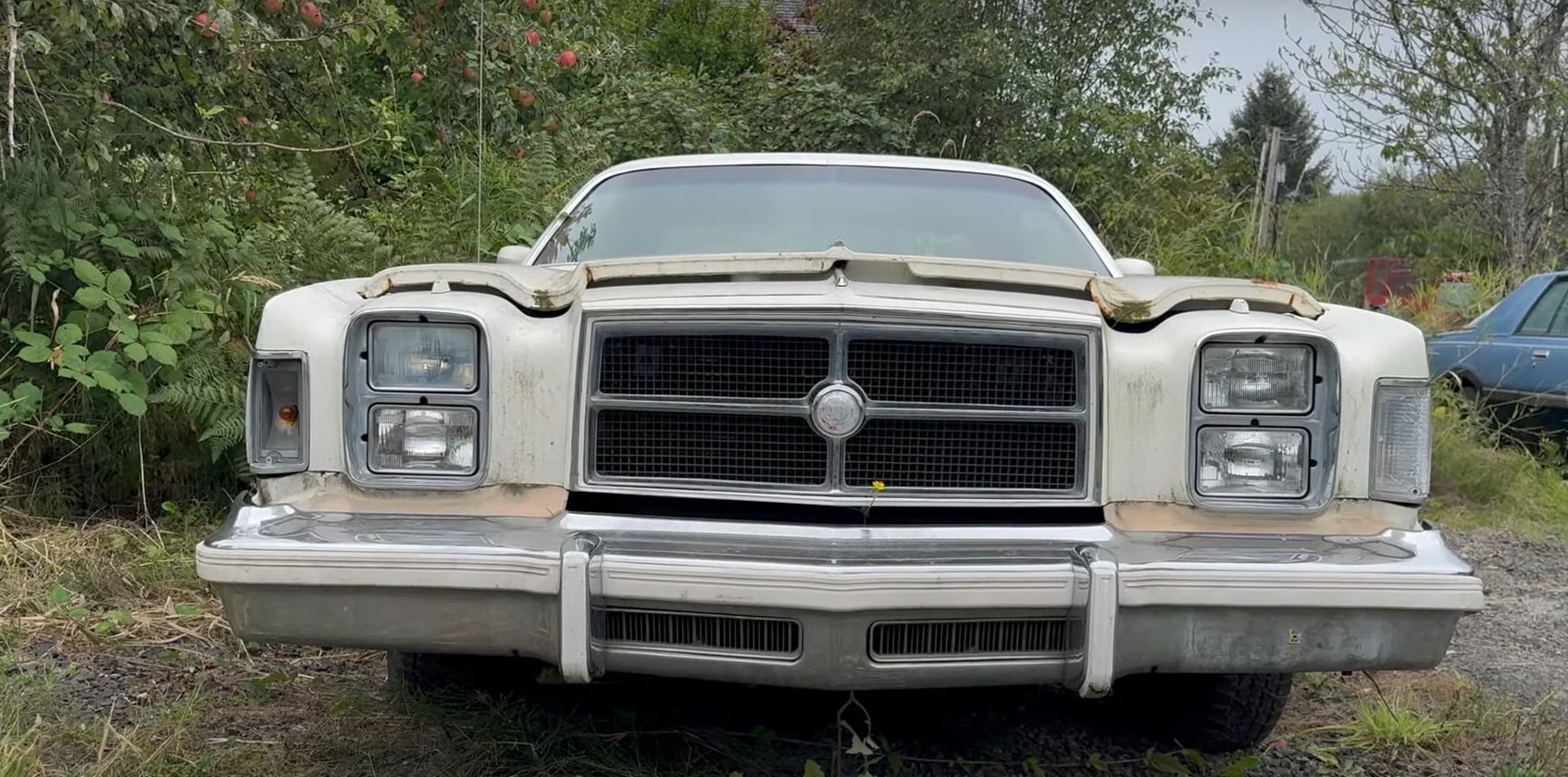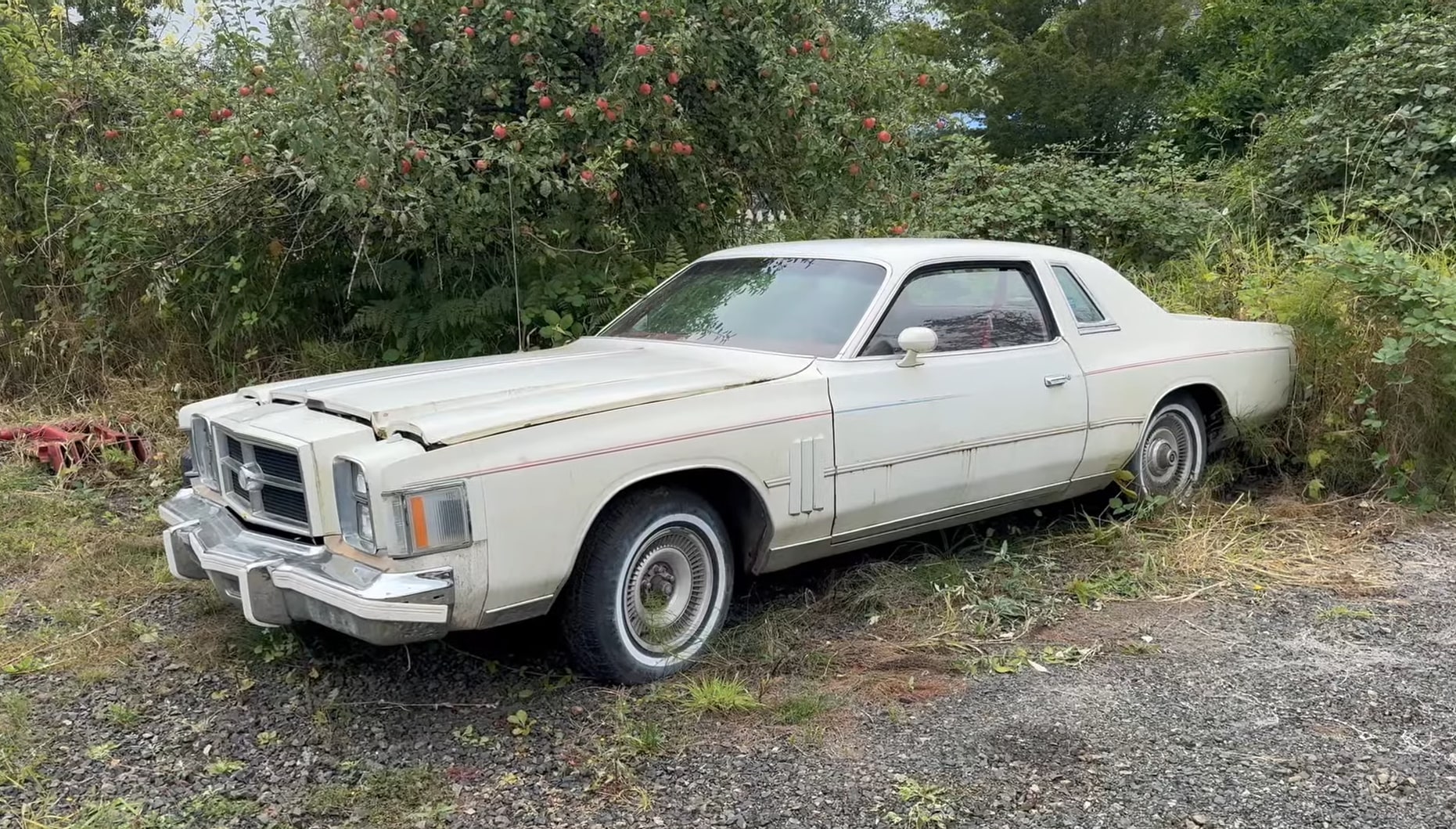The Chrysler 300, while not as iconic as the New Yorker or Imperial, has a rich history that spans several decades and encompasses a variety of models. This nameplate, which has been used on four distinct vehicle lines, has been an important part of Chrysler’s lineup since its introduction in 1955.
The original C-300, a homologation special and the first American car to produce one horsepower per cubic inch marked the beginning of the 300 “letter series.” This series, which lasted until 1965, is widely regarded as one of the first muscle car lines in America.
In 1962, Chrysler introduced a second 300 model, known as the “non-letter series.” This version was available in various body styles and lacked the exclusive drivetrain features of the “letter series.” It remained in production until 1971.

The 300 nameplate saw a resurgence in 1999 with the introduction of the 300M. This full-size luxury car, based on the company’s front wheel drive LH platform, was a replacement for the Eagle Vision. The 300 badge returned to a rear wheel drive architecture in 2005 with the introduction of the modern 300/300C.
This iteration, which remained in production until 2020, included an all wheel drive version and a high performance variant with a 485-horsepower HEMI engine. While these are the main iterations of the 300, there were also two shorter-lived versions produced in the 1970s. The 1970 Hurst 300, a collaboration with Hurst Performance, is one such example. Limited to just 485 units, this high-performance model stands out from the “non-letter series” with its exclusive appearance and powerful drivetrain.
The 1979 Chrysler 300, a limited-edition option package for the Cordoba, was a nostalgic nod to the iconic 300 series of the 1950s and 1960s. Despite its name, it was not a true successor to the original 300s, but rather a performance-oriented trim level with a few distinctive features.
Equipped with a police-spec suspension, heavy-duty torsion bars, leaf springs, and shocks, front, and rear sway bars, a 3.23 rear gear ratio, and 15-inch wheels, the 300 was designed to offer a more spirited driving experience than the standard Cordoba. Under the hood, a powerful 360 cubic inch V8 engine provided ample thrust, making it the top of the line powerplant for the Cordoba lineup.

However, despite its unique features and performance potential, the 300 struggled to attract buyers during the Malaise Era. The combination of factors contributed to its low sales figures. First, the Malaise Era itself was a period of economic downturn and declining consumer confidence, which made it difficult for any new car model to succeed.
Second, the 300 was a relatively expensive option, and many potential buyers may have found it difficult to justify the extra cost over the standard Cordoba. Third, the 300’s design was not as striking or innovative as some of its competitors, and it may have failed to capture the imagination of consumers.
As a result, the 300 was discontinued after only nine months of production, with a total of 4,292 units built. Today, the 1979 Chrysler 300 is a rare and sought-after collectible, with only a handful of examples remaining in existence. Its rarity and unique features have made it a desirable car for enthusiasts and collectors alike.

